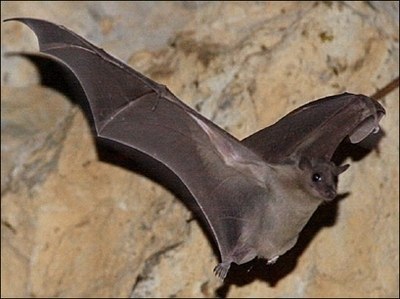Bats could fly before they had 'radar'
Updated: 2008-02-14 07:25
NEW YORK -- A fossil found in Wyoming has apparently resolved a long-standing question about when bats gained their radar-like ability to navigate and locate airborne insects at night. The answer: after they started flying.
|
|
The discovery revealed the most primitive bat known, from a previously unrecognized species that lived some 25.5 million years ago.
Its skeleton shows it could fly, but that it lacked a series of bony features associated with "echolocation," the ability to emit high-pitched sounds and then hear them bounce back from objects and prey, researchers said.
Until now, all the early known fossil bats showed evidence of both flying and echolocating, so they couldn't reveal which ability came first, said researcher Nancy Simmons.
Her team's research appears in Thursday's issue of the journal Nature. Simmons chairs the vertebrate zoology division at the American Museum of Natural History in New York.
The early bat's wingspan was nearly a foot, just a bit smaller than that of today's big brown bat, she said. Its teeth show it ate insects, which it evidently plucked off surfaces after seeing, smelling or hearing them, she said. Simmons said she suspects the bat was active at night, but she noted there's no evidence for that.
The creature was unusual for having a claw on all five fingers rather than just one or two. Researchers dubbed it "Onychonycteridae finneyi," meaning "clawed bat." The name honors Bonnie Finney, the commercial collector who found the fossil in 2003.
Two specimens of the creature have been recovered. "These outstanding fossils considerably advance our understanding of bat evolution," researcher John Speakman of the University of Aberdeen in Scotland wrote in a Nature commentary.
|
|
|
||
|
||
|
|
|
|
